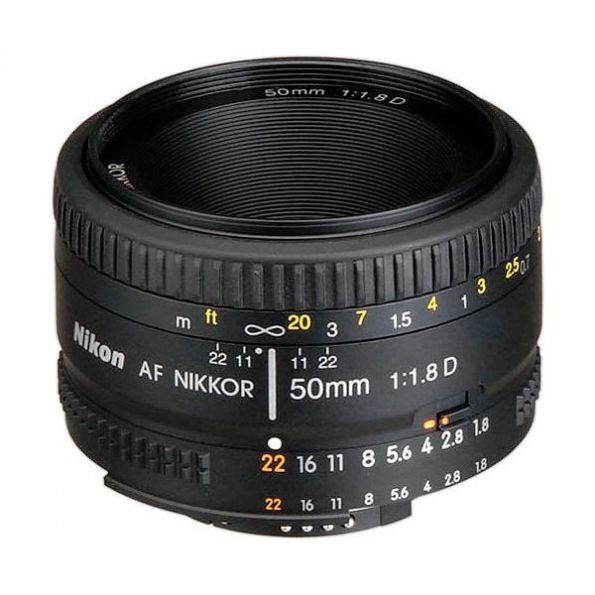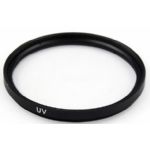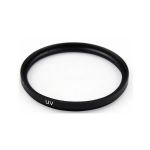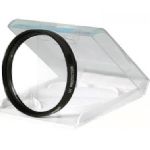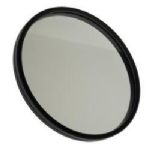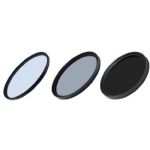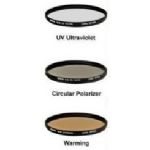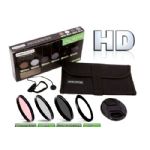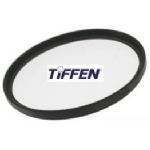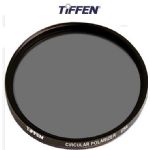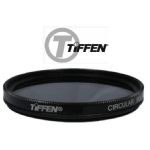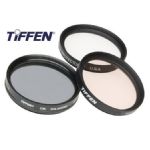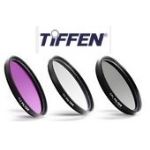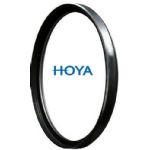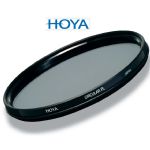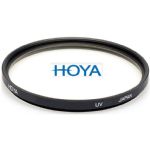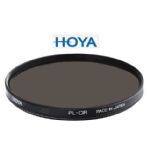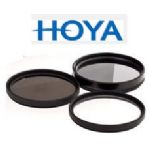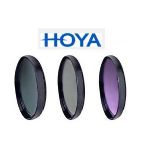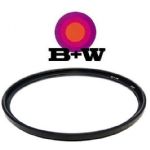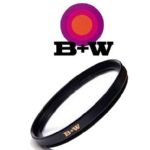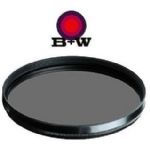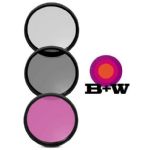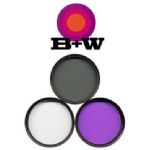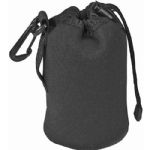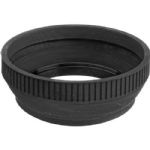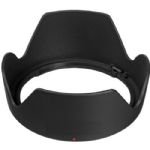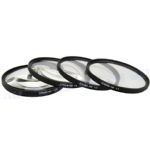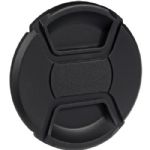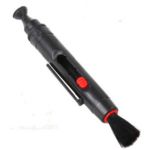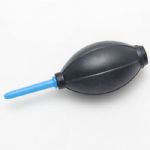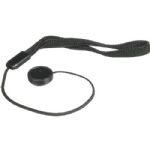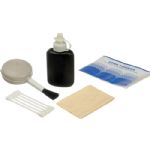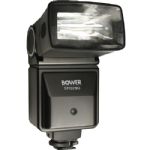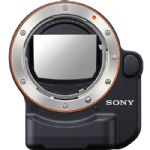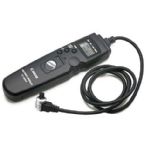The 50mm ƒ/1.8 AF-D was designed for film, making it compatible with both DX- and FX- format digital camera bodies. On an APS-C sized sensor body the lens provides an effective field of view of 75mm. The lens will not autofocus on Nikon camera bodies that do not have the mechanical autofocusing screw, such as the D40, D60 and D5000 models.
On the sub-frame D200, the lens was fairly soft at ƒ/1.8 and ƒ/2, showing between 3 and 4 blur units across the frame. There is a very small area of sharpness in the center of the frame, at around 1.5 blur units. This central area of sharpness increases marginally at ƒ/2, but the real gains are made at ƒ/2.8, where there is a notable increase in sharpness across the frame. At ƒ/2.8 the center is quite sharp (~1.5 blur units) and corner softness has been dramatically reduced to under 3 blur units. Image sharpness improves at ƒ/4, and reaches its optimal performance at ƒ/5.6, where it's essentially tack-sharp across the frame. Diffraction limiting sets it at ƒ/11, but we still note exceptional performance; even at ƒ/16, we note just under 2 blur units across the frame. Fully stopped-down at ƒ/22, we note two blur units across the frame.
The performance layout with the lens matched to the full-frame D3x body is similar, but the larger sensor exposes the flaws of this lens. In particular, at ƒ/1.8 and ƒ/2, average performance is about 5 blur units. The corners go off the chart for softness - greater than 12 blur units - but the central region of sharpness is still there at around 1.5 blur units. It's worth checking out the sample photos to see just how this manifests in real life.
Again, stop the lens down to ƒ/2.8 and performance improves dramatically - it's like someone turned a switch that fixed the problems we noted at f/1.8. The area of central sharpness expands to fill most of the frame at around 1.5 blur units, and the corner softness doesn't exceed 3 blur units. At ƒ/4 the image is incredibly sharp - almost 1 blur unit - and by ƒ/8 it's as sharp as sharp gets. Diffraction limiting sets in at ƒ/11, and performance at smaller apertures is similar on the D3x as we noted on the D200, which is to say, quite good. At ƒ/22 image sharpness isn't quite as good on the D3x as on the D200, but still only barely exceeds 2 blur units.
In summary, you don't get much better value for money in terms of sharpness if you stop down to ƒ/8. Wide open sharpness isn't the best, but if you can keep it at ƒ/2.8 or smaller you're rewarded with very sharp images.

